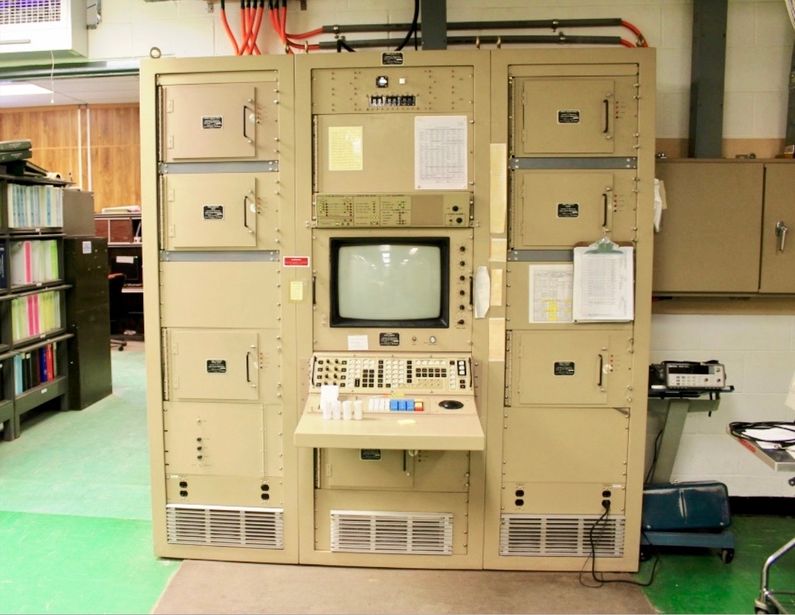CD-2
|
CD-2 Common Digitizer-2 - A second generation Common Digitizer built by Burroughs Corporation for the FAA. Known as the CD-2.
HistoryOn 6 Apr 1979, the FAA announced the award of a contract for a second-generation common digitizer. The first generation Common Digitizer had military designations of FYQ-47 and FYQ-49. The new CD-2 common digitizer differed because it was microprocessor driven and was dual channeled to permit the equipment to keep working if one channel failed or was shut down. The FAA contract provided for 106 of the CD-2s to be installed at FAA long-range radar sites. Three would be used with airport radars, and seven would be used for training and support services. In March 1986 the FAA commissioned the first Common Digitizer CD-2, for operational use. The first two CD-2s were delivered to the FAA Academy in Oklahoma City on 11 Feb 1983. The first field delivery took place in May of 1984. Two versions of the CD-2 were produced. The CD-2A was the long-range FAA version of the CD-2 which provided search, beacon, and weather data to FAA users. The CD-2C was the long-range, Joint-use (common) version of the CD-2 that provided search, beacon, and weather data to FAA users, and search, beacon AIMS, and height-finder data to Air Defense Command users. On 14 Feb 1990, the FAA issued Order 7110.14A detailing a comprehensive implementation plan to provide three-level weather displays to air traffic controllers at Air Route Traffic Control Centers (ARTCC). This plan required modification of equipment at every level from individual radar sets to the hardware and software at the ARTCCs. Included in the plan were modifications to the existing set of CD-2 Common Digitizers then deployed to the majority of FPS, ARSR-1, and ARSR-2 long-range radar sites. ARSR-3 radar sites did not have CD-2 Common Digitizers because the ARSR-3 radar set had a built-in digitizer. The plan included a site by site listing of equipment to be modified and it provides a view of the CD-2 equipment in place in 1990 by location and version. Subsequent implementations of the ARSR-4 radars and the CARSR Common ARSR radars included digitizer functionality and the need for the CD-2 was further reduced as each of these programs was completed. See Also: Sources:
Links:
| ||||
